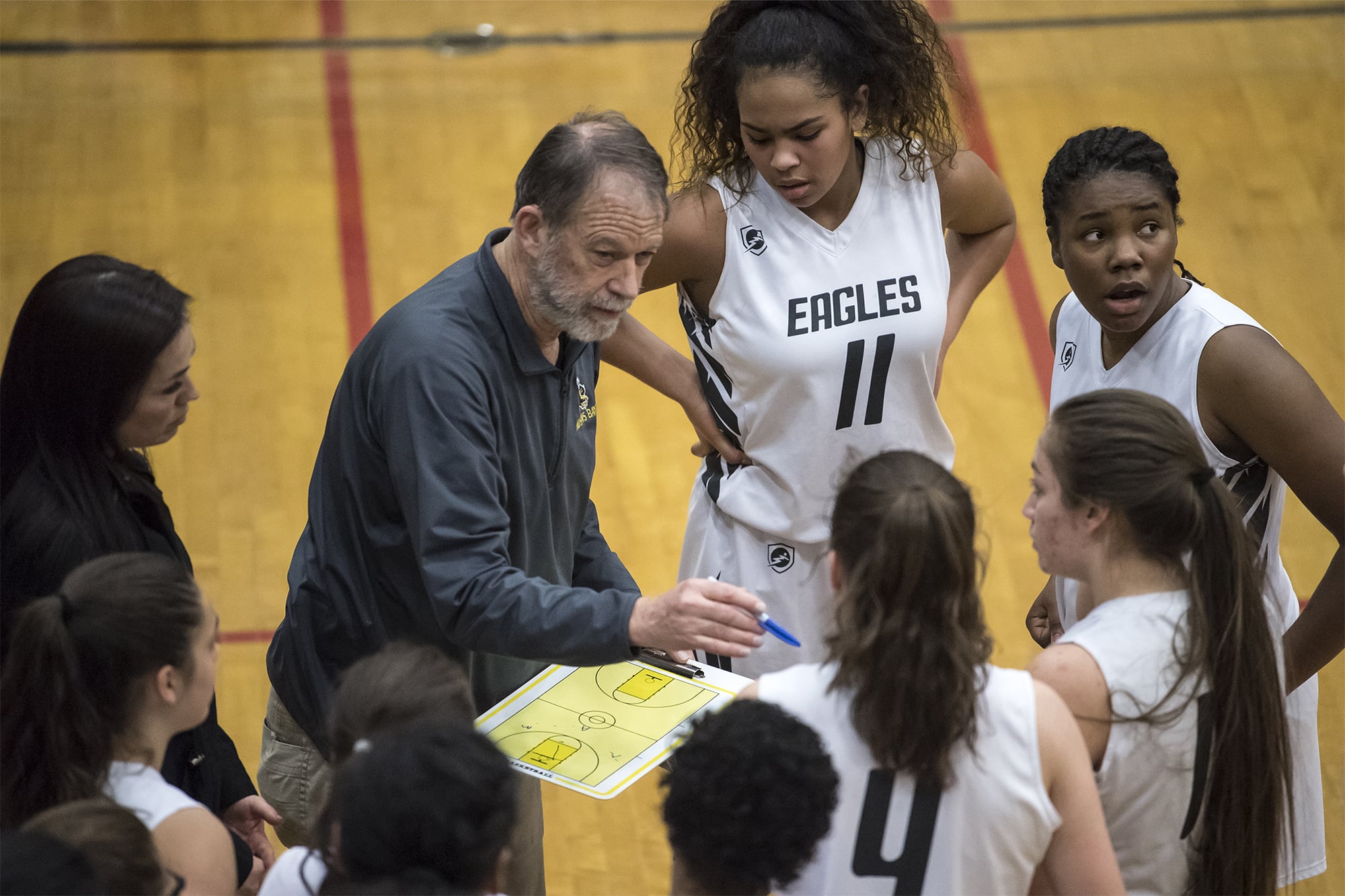The Washington Interscholastic Activities Association on Sunday finalized its classifications for the next four years.
And with regards to schools in our part of the state, there were no surprises.
As reported earlier this late week in The Columbian, five local schools are moving down on classification — Heritage to 3A, Hudson’s Bay and Fort Vancouver to 2A and Stevenson and Columbia Adventist to 2B.
All other local schools are staying in their current classification.
But statewide, the landscape of prep sports will see significant changes.
Under the current classifications, each of the six classifications consisted of a similar number of schools (roughly 65 in each).
But under the upcoming classification format, which will take effect starting in the 2020-21 school year, the six classifications will be imbalanced because of set enrollment thresholds.
Starting in the fall, the 4A classification will have the fewest number of schools — just 51. The 3A classification will grow to 79 schools, while 2A, 1A and 2B will change slightly (62, 60 and 61 respectively).
Class 1B will have the most schools with 85. But because many 1B schools don’t field teams in all sports, the impact of that may be minimized.
While these changing classifications will lead to other changes from makeup of leagues to state-tournament formats, the big question is whether another change to the reclassification process accomplished its goal.
Also in the process, the WIAA allowed schools to reduce the enrollment number used to place them into a classification if the school had a higher-than-average number of students in the free- or reduced-meals program.
This was the tool that the WIAA used to help provide some competitive balance to its state competition.
Did the WIAA succeed? Well, only time will tell.
But if we look at past results, the short answer to that question is “yes.” The slightly longer answer is “mostly yes.”
I devised a system by which we can measure the success of every high school athletic program in the state through how they place in the team standings in 15 different sports in the first three years of the current classification (2016-17, 2017-18 and 2018-19).
It’s a four-point system in which schools receive one point for reaching the state tournament or placing in the top 16 of the team standings, up to four points for playing in the state title game or placing first or second.
I applied this to every team sports (football, volleyball, soccer, basketball, baseball and softball) as well as some individual sports (swimming, cross country, track and field and boys wrestling).
Here is what those numbers revealed.
Of the top 10 least successful 4A programs in the state, six will be moving down to 3A (Cascade of Everett, Heritage, Auburn, Kent Meridian, Jefferson and Hazen). Four of those schools were moving down on enrollment numbers alone, while two (Cascade and Kent Meridian) moved down due to their free/reduced lunch enrollment adjustment.
Three other schools could have moved down to 3A, but chose to opt back up to 4A (North Creek, Mount Rainier and Decatur).
The only school in the bottom 10 that was not helped by the new system was Mariner of Everett, which will remain at 4A
At Class 3A, four of the bottom 11 schools will be moving to 2A (Rogers of Spokane, Fort Vancouver, Hudson’s Bay and Shelton). Four other schools chose to opt back up to 3A (Mount Tahoma, Franklin, Cleveland and Chief Sealth). The other three schools that will remain at 3A are Spanaway Lake, Marysville-Getchell and Evergreen.
But 2A is where things start to change. Of the 10 least-successful programs in 2A, only one (Quincy) will be moving down to 1A.
Evergreen of Seattle, Rochester, North Mason, Tyee, Foster, Bremerton, Clover Park, Grandview, R.A. Long and Centralia will remain at 2A.
Other schools that will be allowed to move to 1A include Blaine (tied for 12th least successful), Wapato (25th) and Toppenish (35th).
Out of current 1A schools, three of the 10 least successful programs will be moving to 2B – River View, Chimacum and Highland. Three others opted to stay at 1A, private schools Forest Ridge, Eastside Prep and Annie Wright. The other four schools staying at 1A are Granite Falls, Tenino, Omak and Summit Sierra, although Summit Sierra plays sports as an independent (making it ineligible for state tournaments).
Granger and Wahluke were allowed to slide down to 2B despite being tied for the 20th most successful 1A programs in the state.
It appears that the free/reduce reduction helped schools on the east side of the state — where the cost of living is significantly lower – more than it did schools on the west side.
In the final analysis, changes made by the WIAA to deal with competitive balanced appears to have helped a lot of schools that needed help. It didn’t help all of them, while helping some that didn’t really need the help.
No solution is perfect, but this is at least a step in the right direction.
Maybe in four years, the WIAA will make it even better.
Tim Martinez is the assistant sports editor/prep coordinator for The Columbian. He can be reached at (360) 735-4538, tim.martinez@columbian.com for follow his Twitter handle @360TMart.




